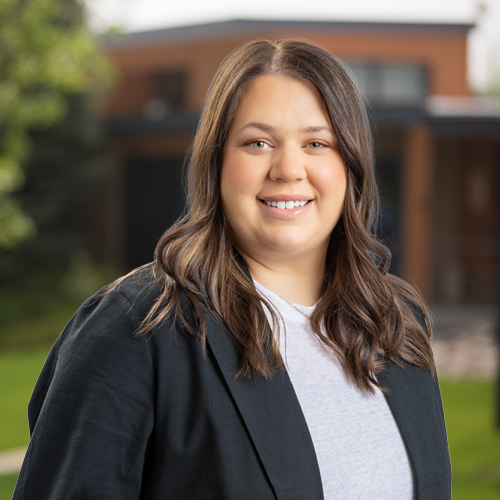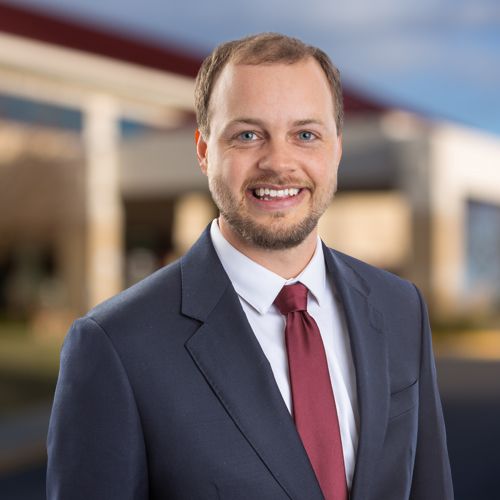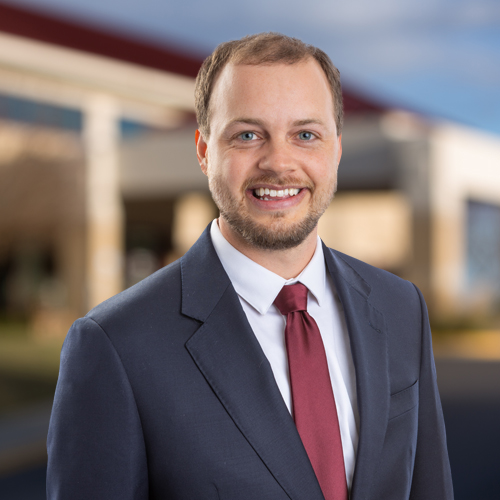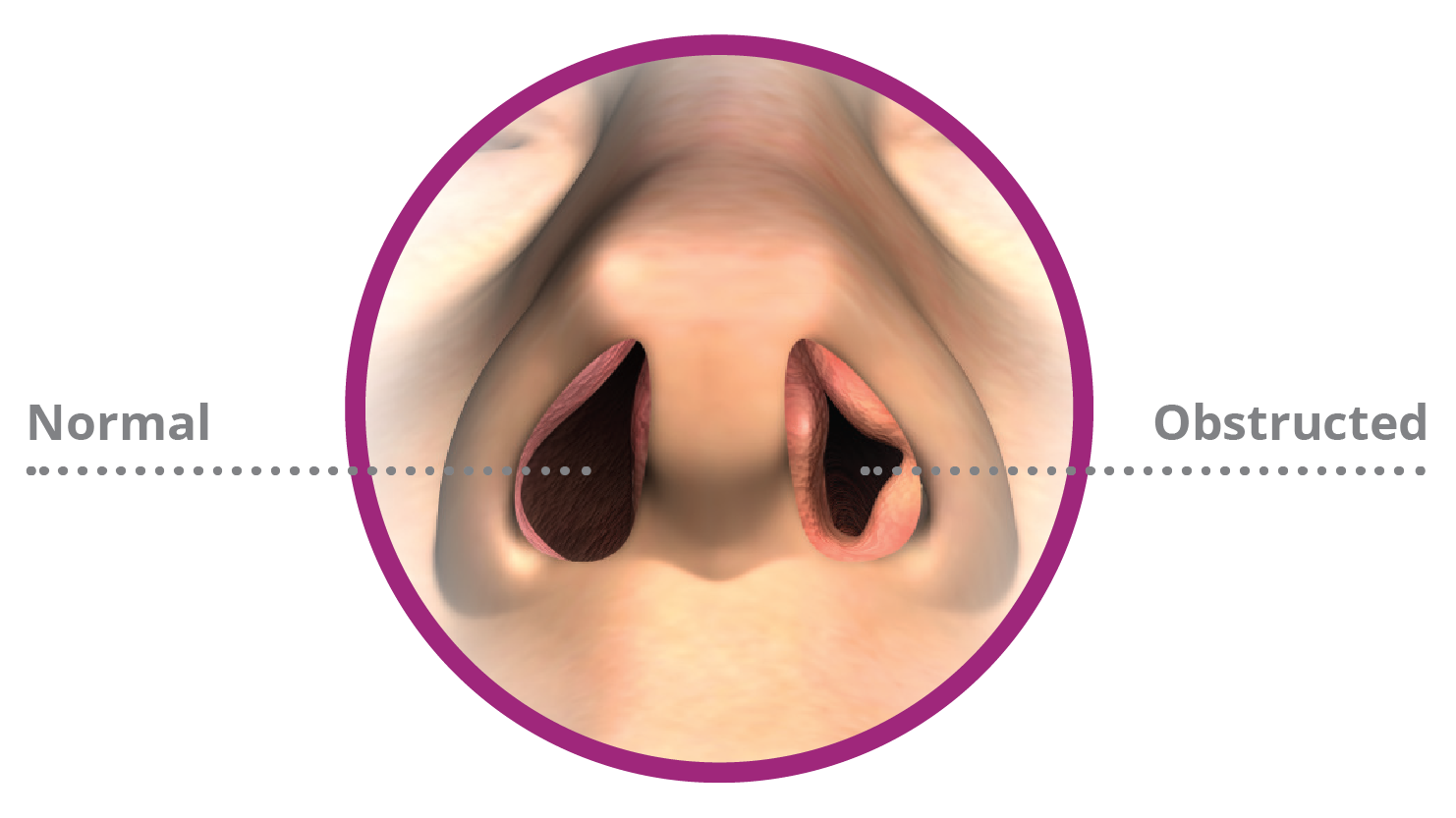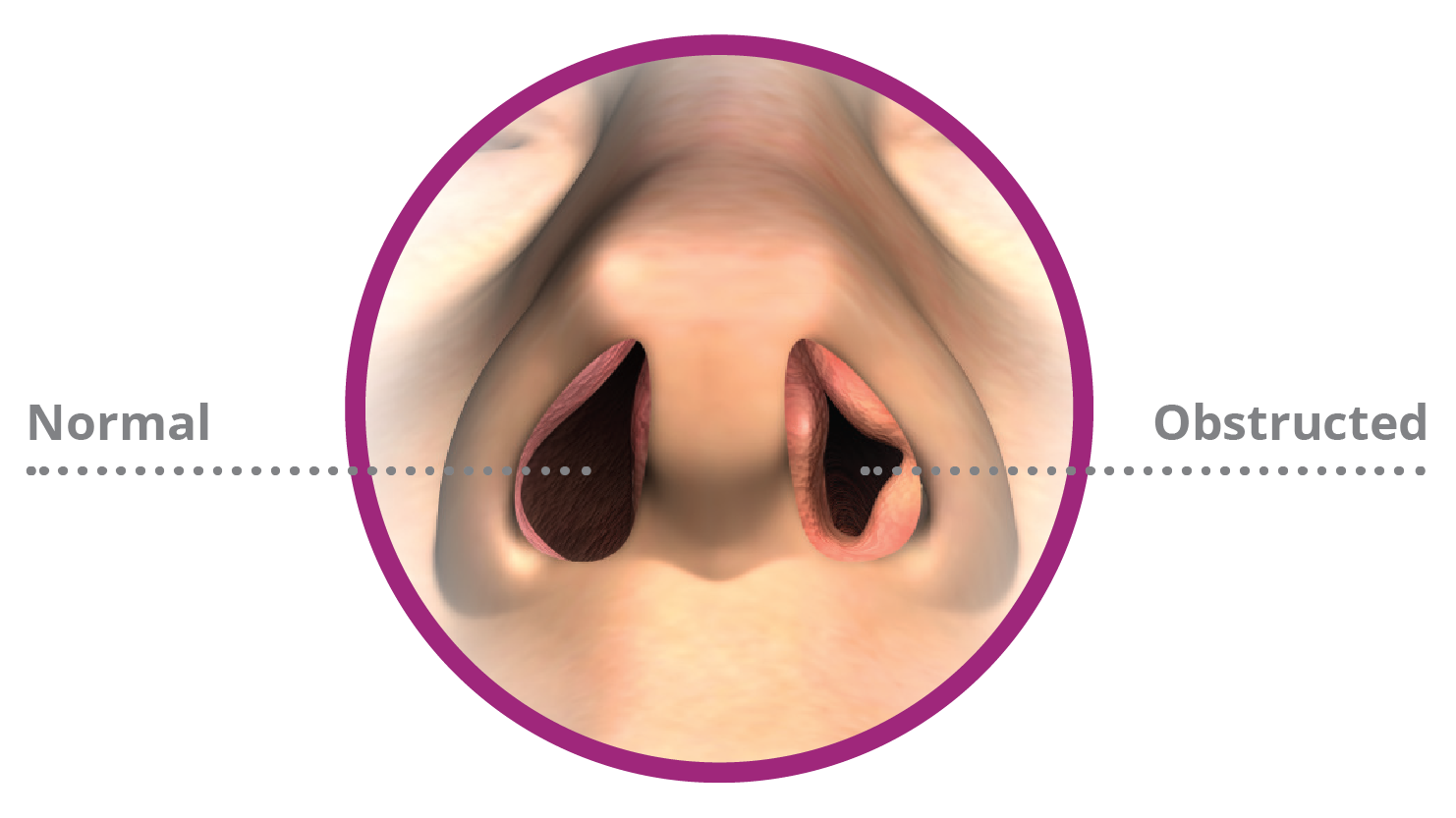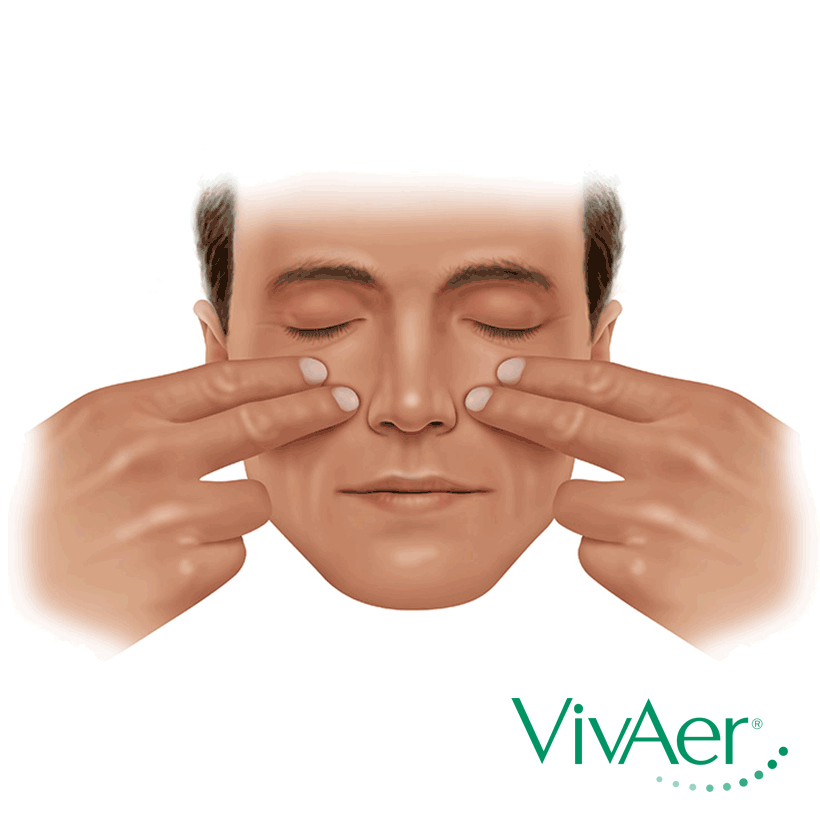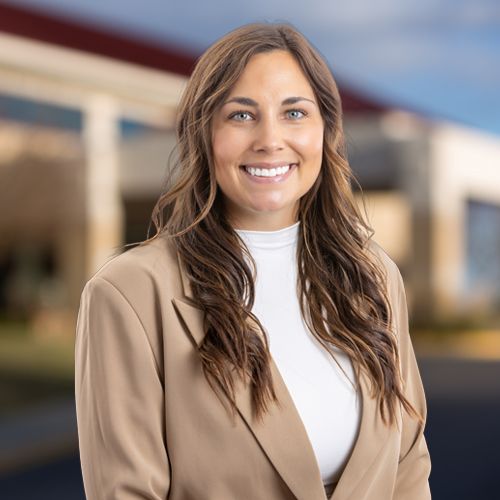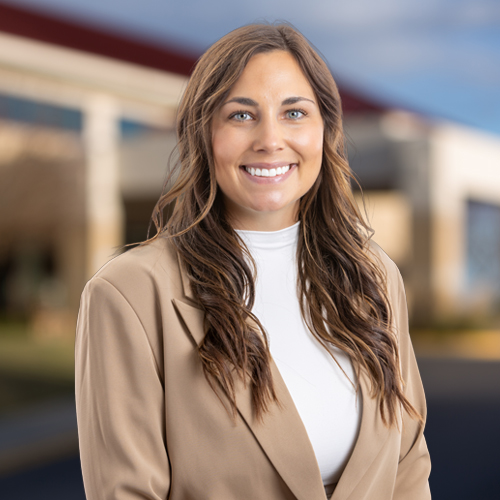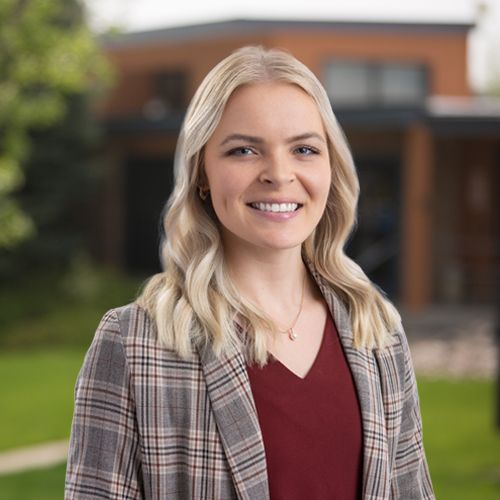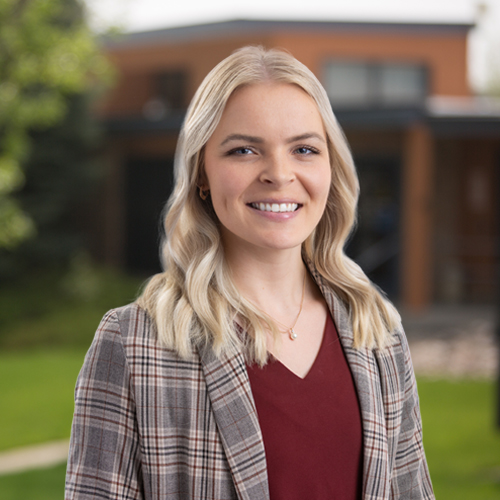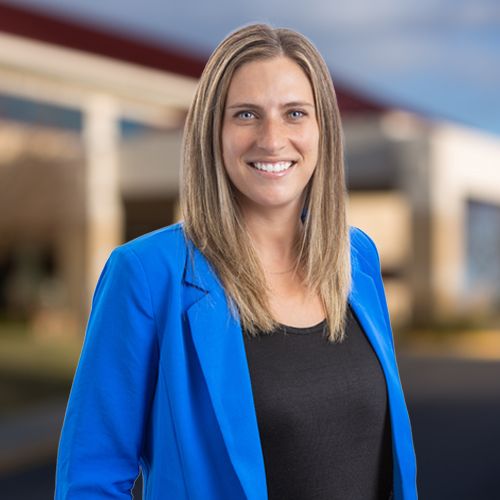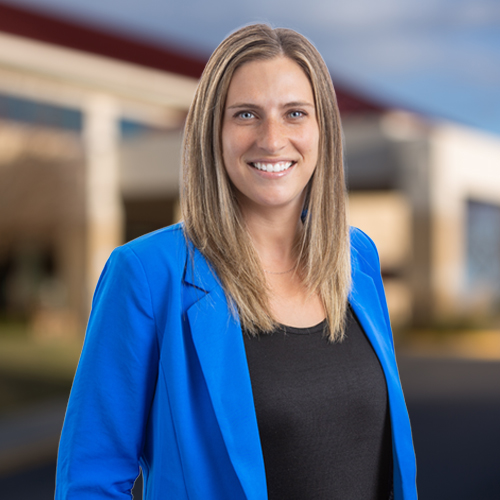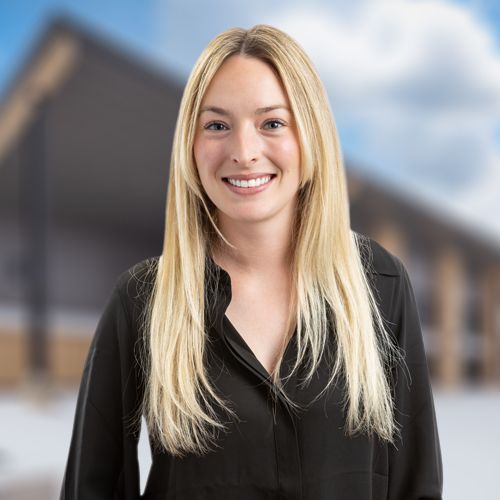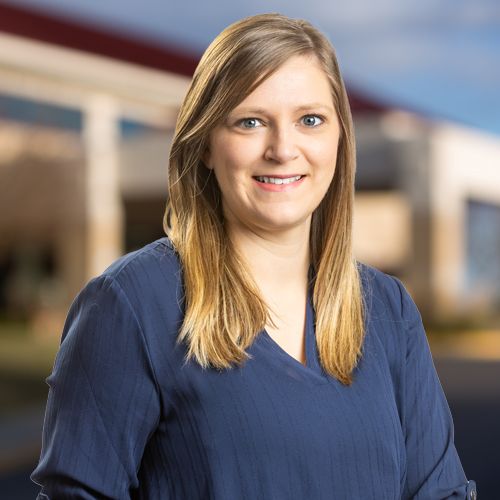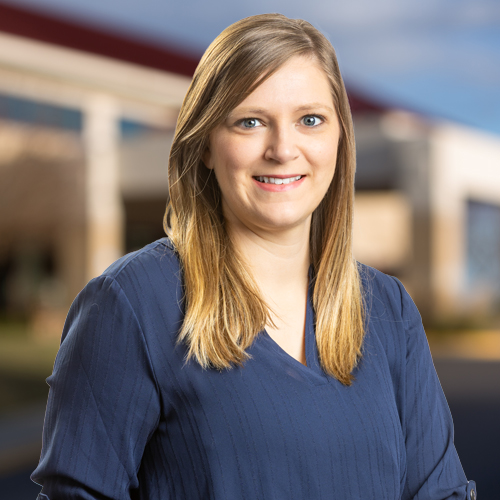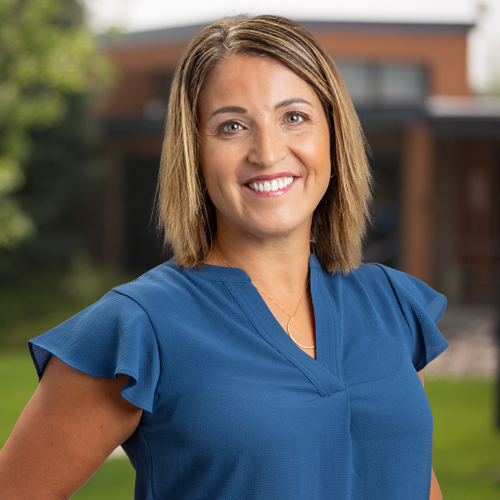Sarah Rodolph, DNP, FNP-C, APRN, is a skilled and approachable provider with The Skin Institute at Rapid City Medical Center. She has been working in dermatology since 2019, bringing years of specialized experience to her role. With a lifelong passion for caring for others, Sarah brings both clinical expertise and a personal touch to every patient interaction.
Originally born in New York, Sarah’s journey took her through Georgia and Colorado before her family settled in Spearfish, South Dakota, when she was 11. She moved to Rapid City to pursue nursing school at South Dakota State University, where she earned both her Bachelor of Science in Nursing and Doctor of Nursing Practice. It was during this time she met her now-husband, and they’ve called the Black Hills home ever since.
Caring for others has always come naturally to Sarah. Nursing felt like the perfect fit, and her desire to deepen her ability to problem-solve and help others led her to become a nurse practitioner. Today, she’s proud to support patients through advanced dermatologic care with the same compassion and curiosity that inspired her journey in medicine.
Outside the clinic, Sarah leads an active, joyful life with her husband and their two boys. Together, they love spending time outdoors, tackling home projects, traveling, and finding the best local food and live music along the way. That’s not all, Sarah also enjoys tending to her chickens, dog, outdoor fish—and even runs a vacation rental.
Sarah’s dedication to her patients and community reflects Rapid City Medical Center’s core values,making her a trusted provider for dermatology care across the region.
